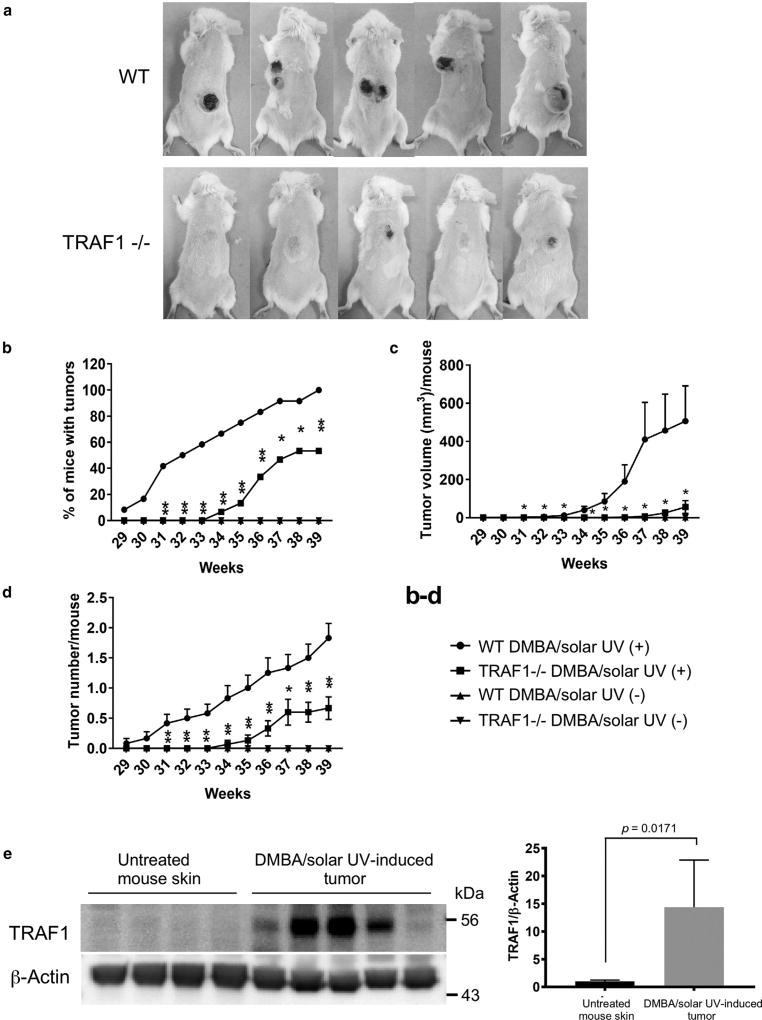Figure 2. TRAF1 is required for solar UV-induced skin carcinogenesis.
(a) Mouse skin tumors were induced by chronic solar UV irradiation. One group each of WT and TRAF1−/− mice received no solar UVR (n = 10 each) but received topical treatment with a single dose of 7, 12-dimethyl-benzanthracene (DMBA). One group each of WT and TRAF1−/− mice were irradiated with solar UVR (n = 15 each; maximum dose = 60 kJ/m2 UVA and 2.9 kJ/m2 UVB) after treatment with a single dose of DMBA. The solar UV irradiation was administered 3 times a week for 35 weeks. Representative photos of mice are shown. (b) Tumor incidence was determined, and data are shown as mean values ± standard error. *P < 0.05, **P < 0.01 versus WT mice treated with solar UV (+). Statistical significance was determined by one-way analysis of variance. (c) Average tumor volume per mouse was calculated according to the following formula: tumor volume (mm3) = length × width × 0.52. Data are shown as mean values ± standard error, and statistical significance was determined by one-way analysis of variance. The asterisk indicates a significant decrease in tumor volume of the solar UVR-treated TRAF−/− (+) group compared to the WT solar UVR (+)-treated group (P < 0.05). (d) Tumor number was determined, and data are shown as mean values ± standard error. Statistical significance was determined by one-way analysis of variance. The asterisk indicates a significant decrease in tumor number of the solar UV-treated TRAF−/− (+) group compared with the WT solar UV (+)-treated group. *P < 0.05, **P < 0.01. (e) TRAF1 expression is increased in solar UVR-induced skin tumors. At the end of this study, mouse skin and tumor samples were collected from the WT no-solar UV group and the WT solar UV (+) group. TRAF1 expression levels of skin and tumor samples were assessed by immunoblotting (left), and the quantification of TRAF1 normalized to β-actin is shown as mean values ± standard deviation (lower; n = 4–5, P-value versus normal). Statistical significance was determined by Student t test. WT, wild type.

